OTHER ANGLO-SAXON CHURCHES
A database of over 400 Anglo-Saxon churches can be downloaded from Oxford University’s Woruldhord Project website, most of these being based upon the entries in Harold and Joan Taylor’s magisterial Anglo-Saxon Churches in England. Deerhurst is one of the finest, and we have set out below some of the other churches in Mercia and other Anglo-Saxon kingdoms (with the exception of East Anglia) that enable us to better understand this wonderful church in its wider context. It is one of the finest and earliest examples of early church architecture anywhere north of the Alps. Work is ongoing across Europe for setting up a database of early churches dating from before 1000 AD – see The CARE database (Corpus Architecturae Religiosae Europeae here) and also here.
Other churches in Mercia
In the period from the 710s to the 820s Mercia was the dominant kingdom in England. Deerhurst probably belongs to the early 9th century, soon after Mercia took over full control of the small sub-kingdom of the Hwicce (Worcestershire, Gloucestershire (excluding the Forest of Dean) and south and west Warwickshire. There is a group of early Mercian churches that belong to this period.
Brixworth All Saints (Northamptonshire)
This is a fine church of late 8th- or early 9th-century date. It more closely resembles a Roman basilica, with clear influences from Charlemagne’s empire, than any other standing church. There is an active group of Friends at Brixworth with its own heritage centre and annual lecture.
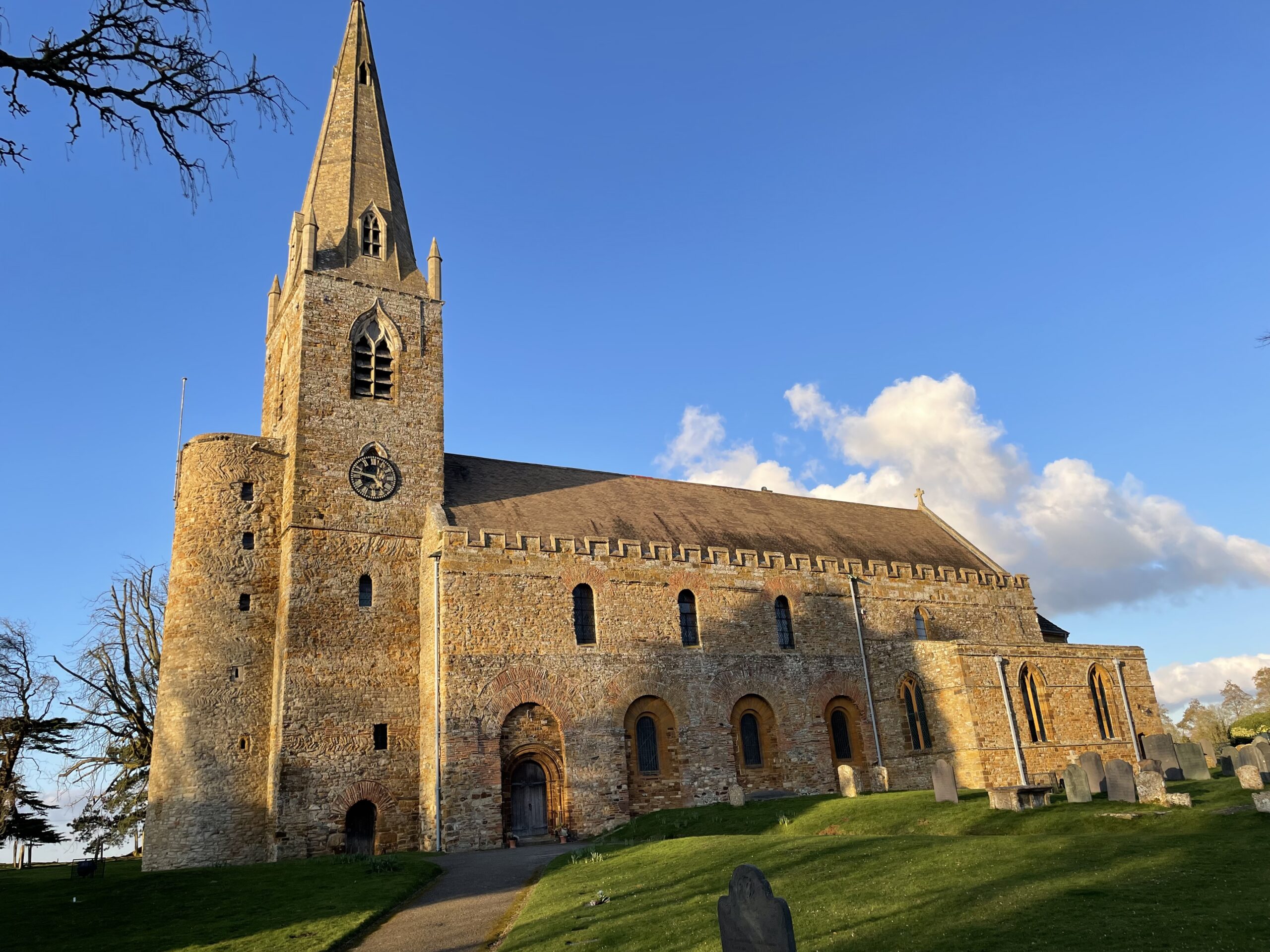

Brixworth All Saints
Repton St Wystan (Derbyshire)
There was an important monastery here from the late 7th century. King Æthelbald (716–57) was buried here. The east end was remodelled in the 9th century with a crypt to house the remains of St Wystan, a murdered member of the royal family. The crypt, chancel and east end of the nave survive, and there has been extensive excavation around the church and elsewhere in Repton. There is an active group of Friends who have recently established an annual lecture.
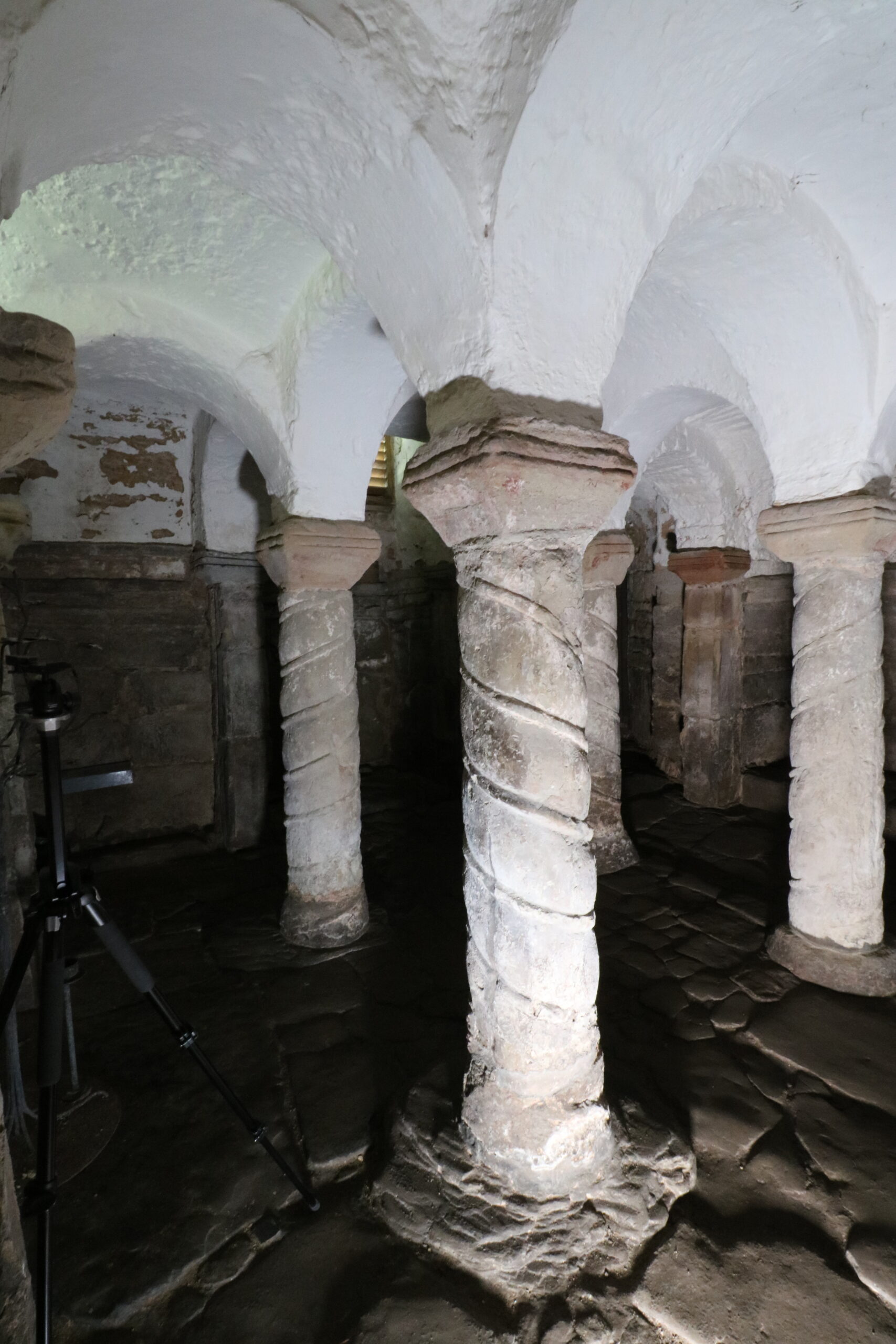
The crypt at St Wystan’s church, Repton
Wing All Saints (Buckinghamshire)
This is a largely Anglo-Saxon church, probably with origins in the late 8th or 9th century. It is the only Anglo-Saxon church to retain intact a polygonal apse (similar to the fragmentary polygonal apses at Brixworth and Deerhurst).
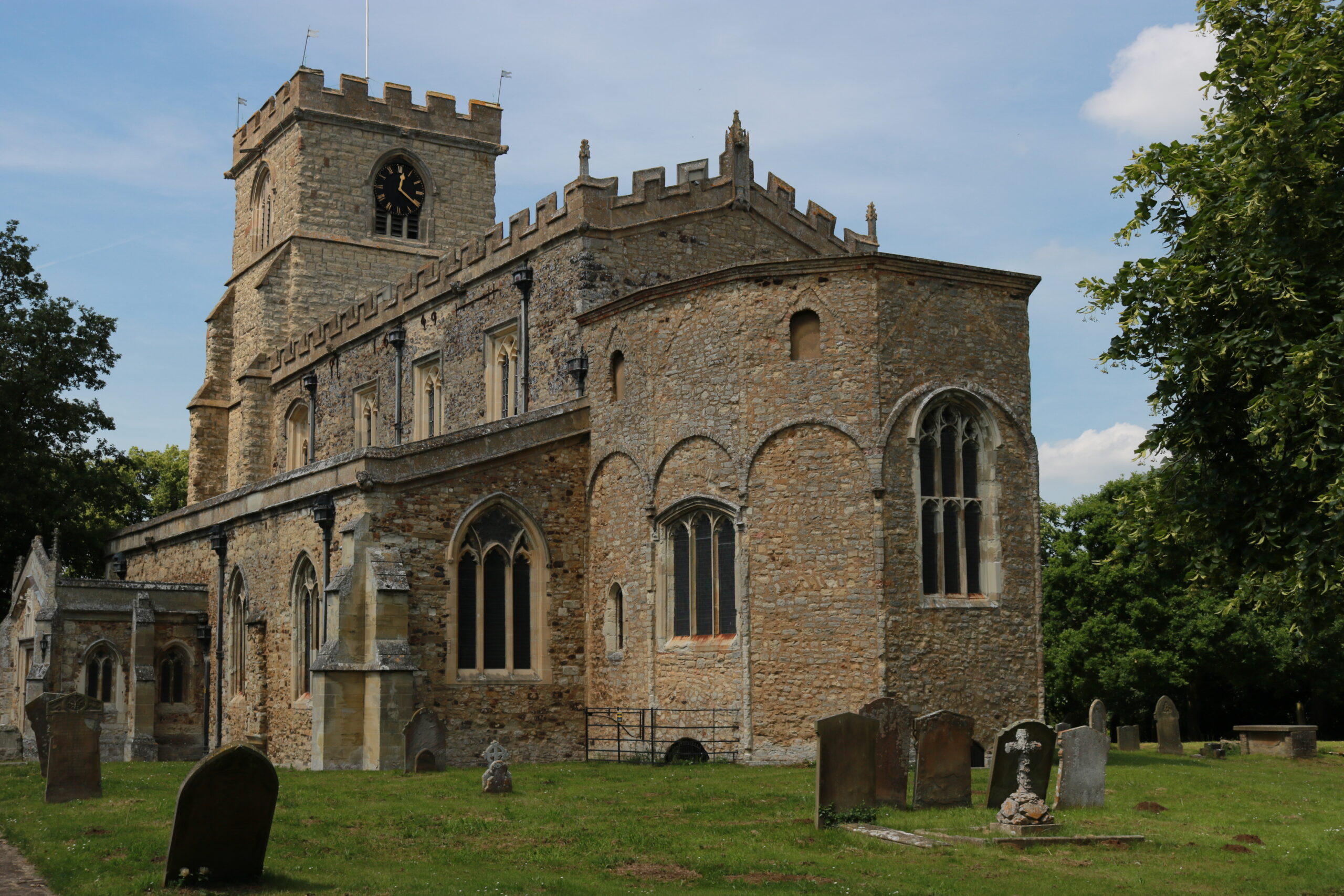
Wing All Saints
Breedon-on-the-Hill St Mary (Leicestershire)
The existing building is of later medieval date. However, a huge quantity of reused architectural sculpture of early 9th-century date is built into the structure. The site is spectacular, set within an Iron Age hillfort (half quarried away), with extensive views in every direction. Details here.
Lichfield Cathedral (Staffordshire)
Lichfield Cathedral also has no early standing architecture, but does boast two important treasures, the Chad Gospels (an illuminated manuscript book of c.730) and the Lichfield Angel, discovered in 2003 when an excavation was carried out prior to the installation of a new altar. The angel retains its original colour, with the same palette of the earth colours as at Deerhurst (i.e. red and yellow ochre, lime white and carbon black).
Gloucester St Oswald’s
This is a standing ruin, consisting of one wall only in the custody of the local authority. Part of the surviving wall dates from 900. By this date the kingdom of Mercia had disappeared following Viking invasions, and western Mercia fell within the kingdom of Wessex. The church was established as the ‘new minster’ by Æthelflæd, daughter of King Alfred and her husband Æthelræd, ealdorman of the surviving rump of Mercia in the south-west Midlands. In addition to the ruin, there is some important sculpture in Gloucester Museum.
Later Mercian churches
There are also some important churches from the later Anglo-Saxon period (10th and 11th centuries) at:
- Bibury (Gloucestershire)
- Bitton (Gloucestershire)
- Wootton Wawen (Warwickshire)
- Earl’s Barton (Northamptonshire)
- Brigstock (Northamptonshire)
- Barnack (Northamptonshire)
- Stow (Lincolnshire)
- Barton-on-Humber (Humberside, formerly Lincolnshire)
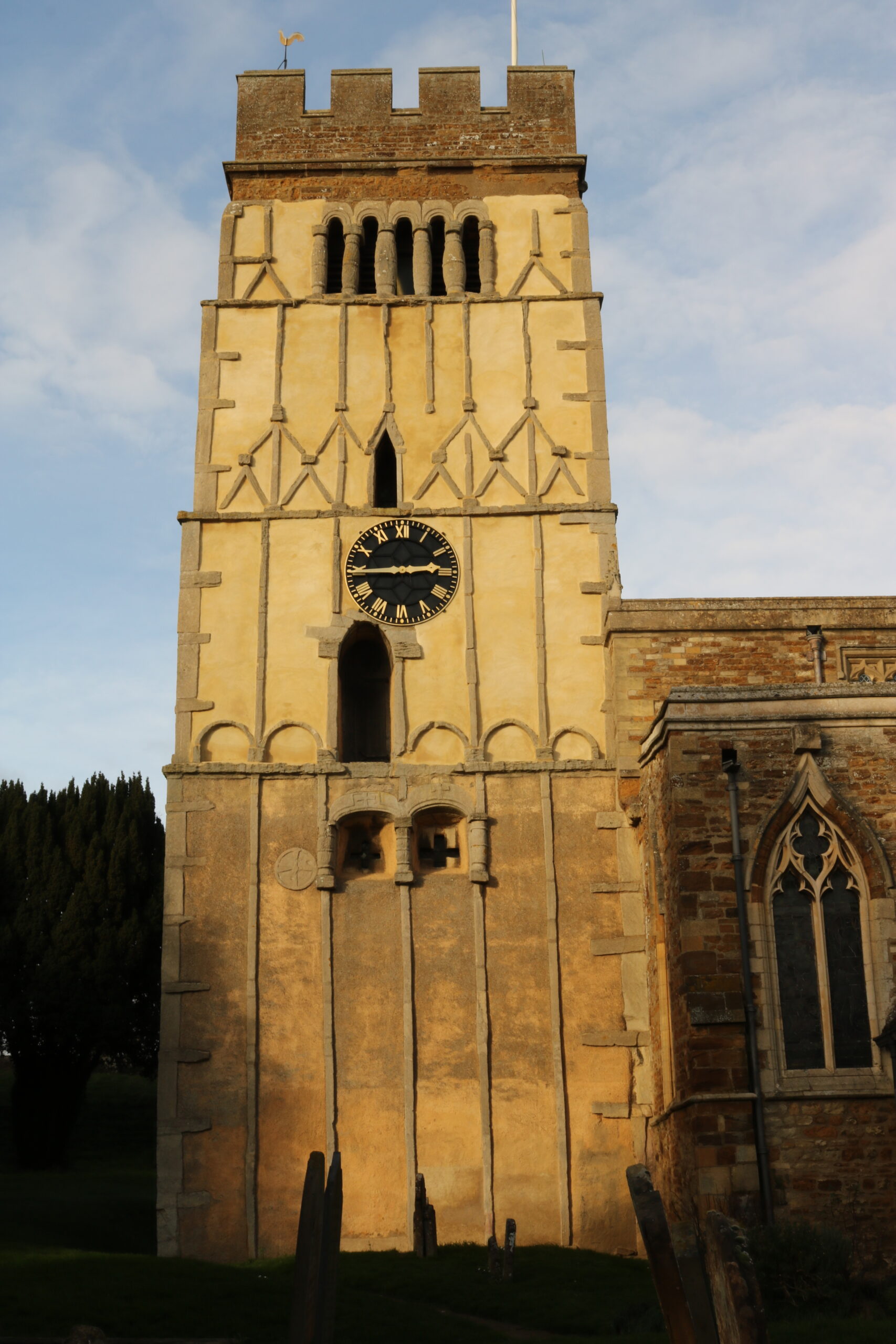
Earls Barton
Churches from other Anglo-Saxon kingdoms
Wessex
There is much less in Wessex than in Mercia. There are important early survivals at Britford (Wiltshire) and Titchfield (Hampshire). At Winchester the Anglo-Saxon cathedral was excavated in the 1960s (to the north of the present cathedral, but there is nothing to see).
From the 10th and 11th centuries Breamore (Hampshire) is a significant survival. Also very important is the small but exquisite chapel of St Laurence, Bradford-on-Avon, probably of c. 1000.
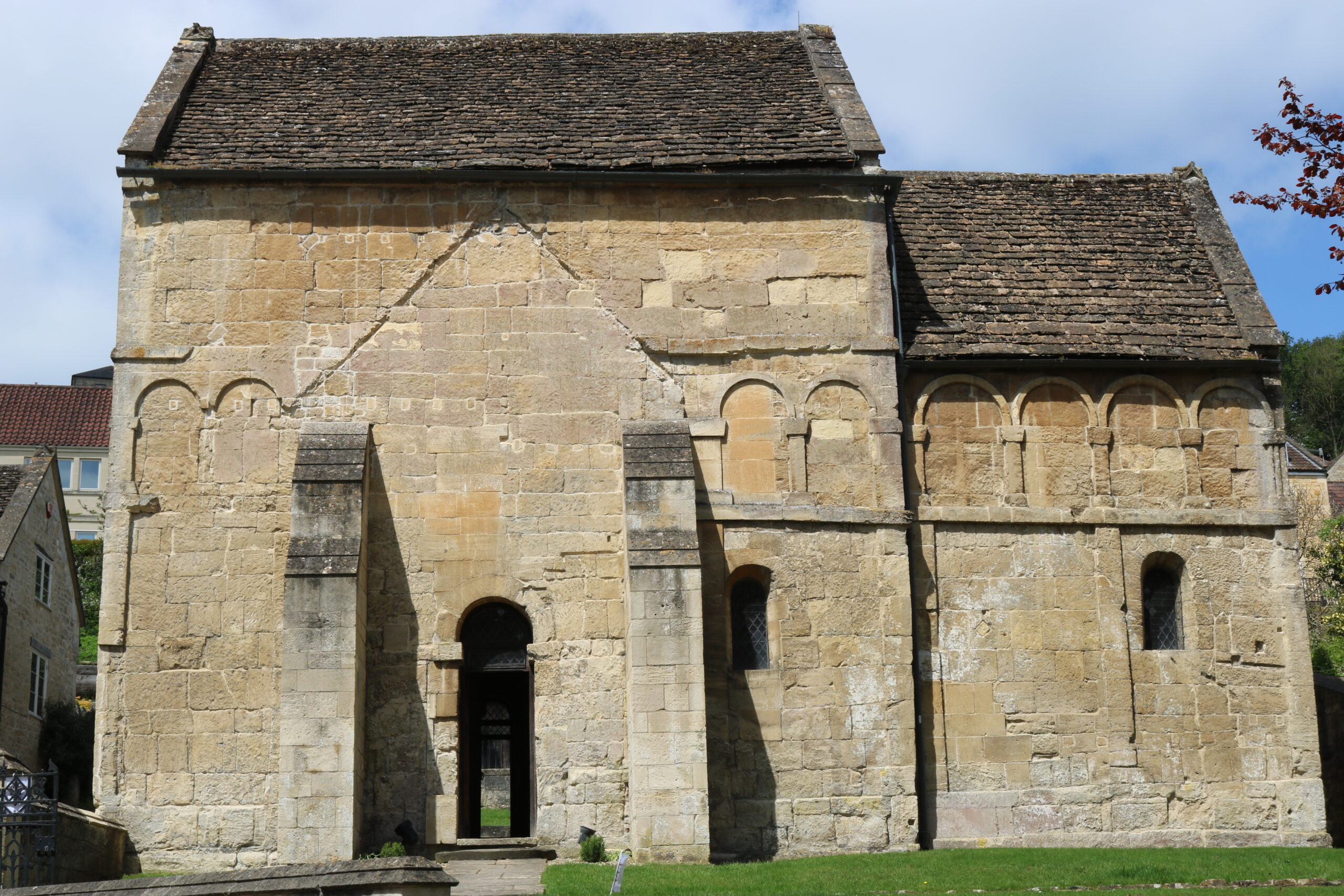
Bradford-on-Avon
Sussex
Bosham and Worth are both significant survivals from the later Anglo-Saxon period, the former being next to the residence of Harold Godwinson (the last King of Anglo-Saxon England).
Kent
There are several churches with mostly fragmentary remains of the 7th and 8th centuries at:
- Lyminge, where there has been recent excavation
- Minster-in-Sheppey
- Reculver (with a polygonal apse)
- Canterbury St Pancras, which is within the grounds of the English Heritage site of St Augustine’s Abbey
- Canterbury St Martin, the most complete of this group
Essex
The outstanding example here is the 7th- or 8th-century chapel of St Peter-on-the-Wall, Bradwell, in an isolated position in the Essex marshes. This is a place, like Deerhurst, with a numinous atmosphere.
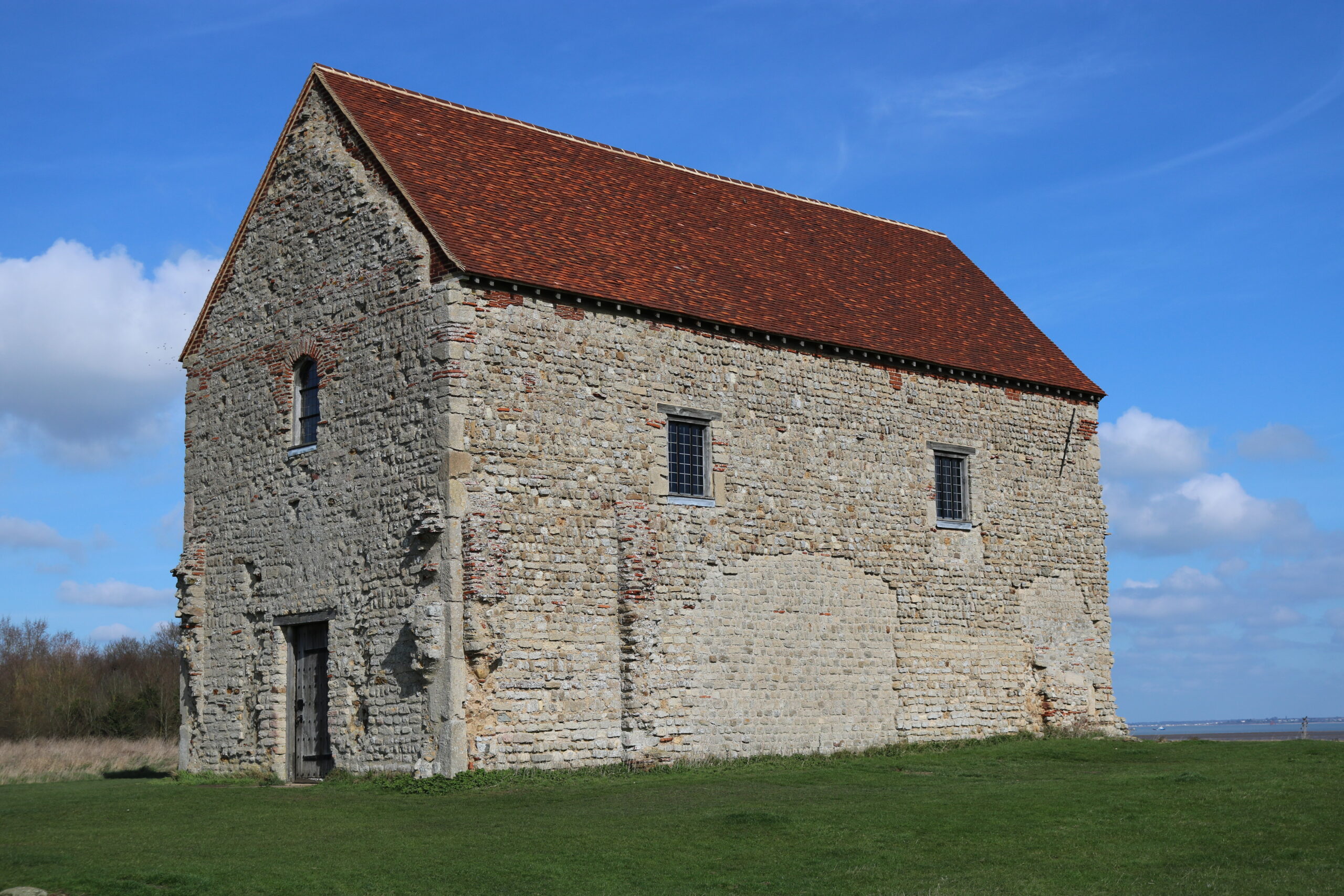
Bradwell-on-Sea
Northumbria
Northern England, especially Northumberland and County Durham, has numerous examples, some of them magnificent. The outstanding survivals are the two closely-related churches of St Paul at Jarrow and St Peter at Monkwearmouth (both Co Durham), with surviving remains of 7th- and 8th-century date. The Jarrow Lecture was established in 1958, in order to spread knowledge of Jarrow and its significance. Jarrow has a close association with the Venerable Bede (672/3–735); he joined the community as a boy and lived there as a monk. At Jarrow there is also the Bede Museum and an Anglo-Saxon farm.
There are other important sites in Northumbria including Hexham (Northumberland) (where the crypt built by St Wilfrid in the 7th century survives, together with much early sculpture), Escomb (Co. Durham, small but clearly of considerable importance), not to mention Lindisfarne (Holy Island), another English Heritage site. Bywell (Northumberland) has two Anglo-Saxon churches, one early and one late, and is another place with a very special atmosphere. There are also two early churches at Heysham (Lancashire).
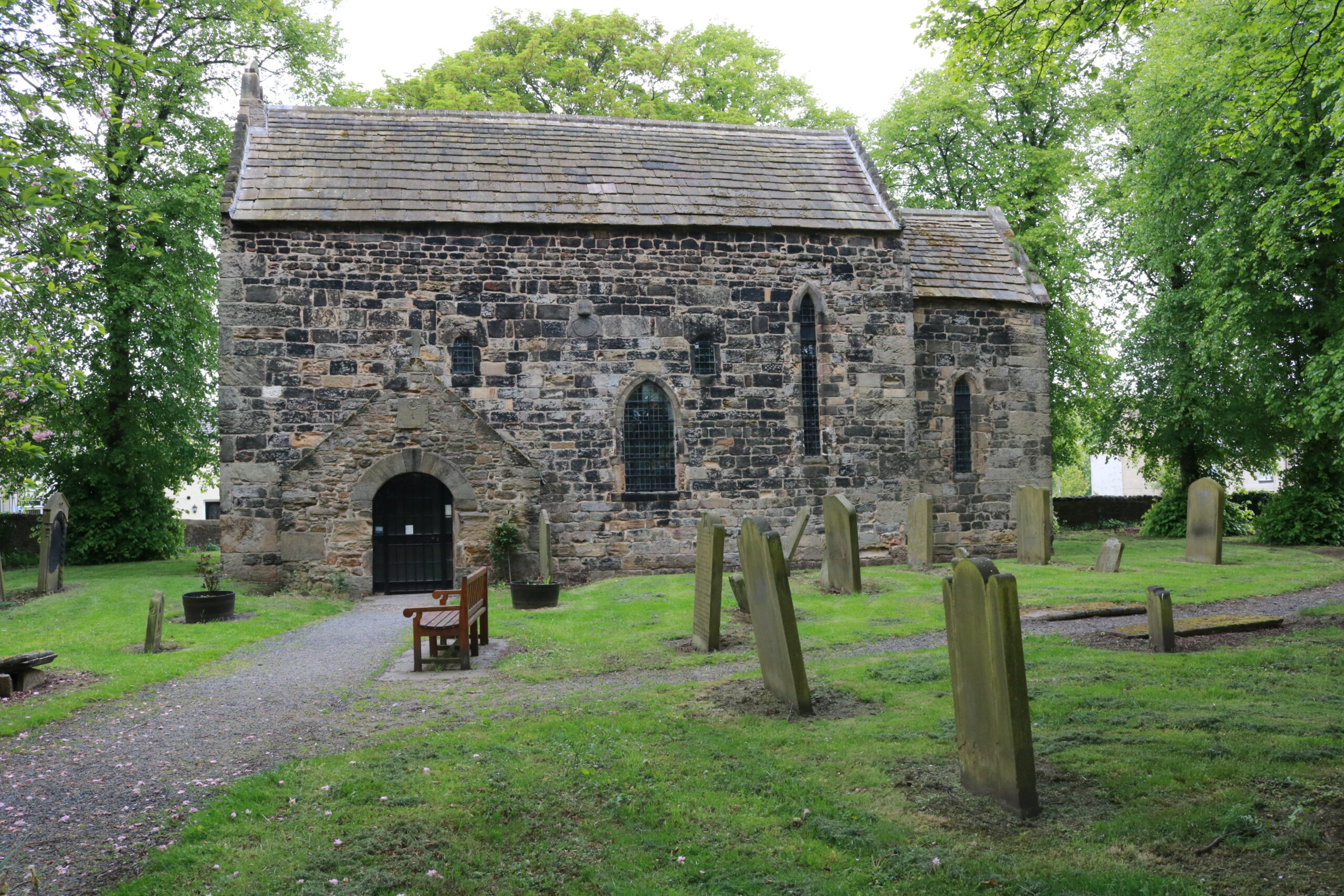
Escomb

